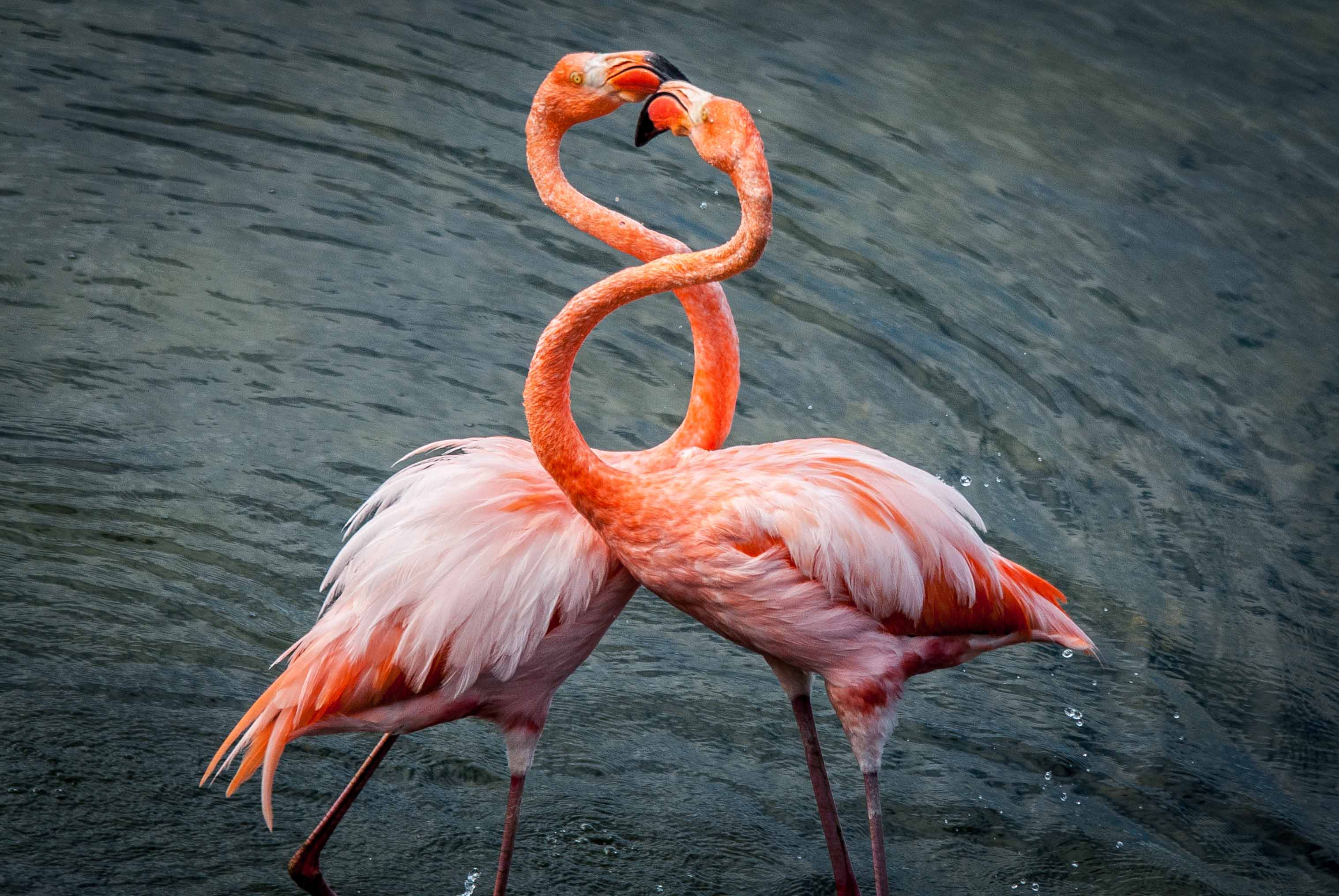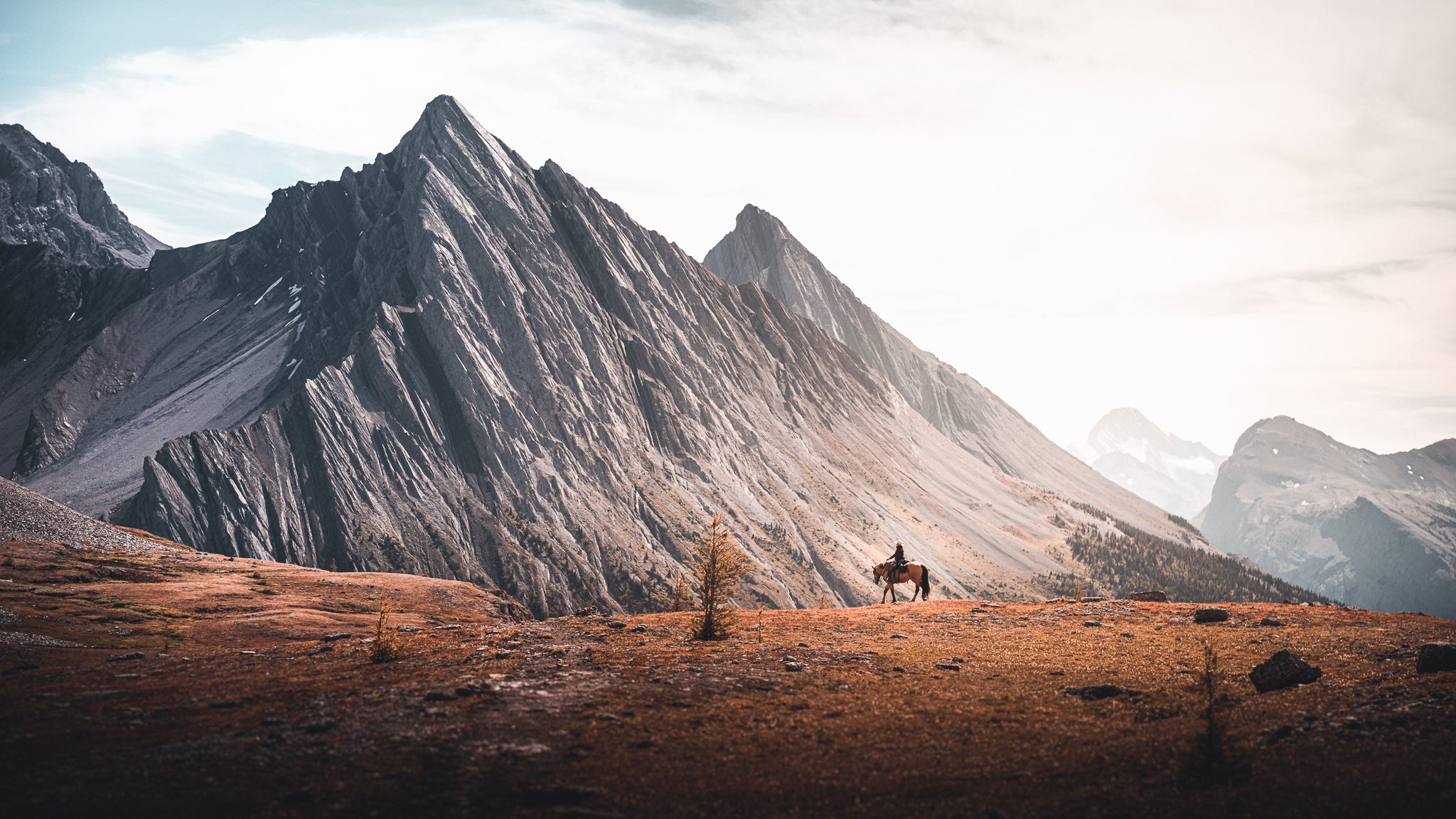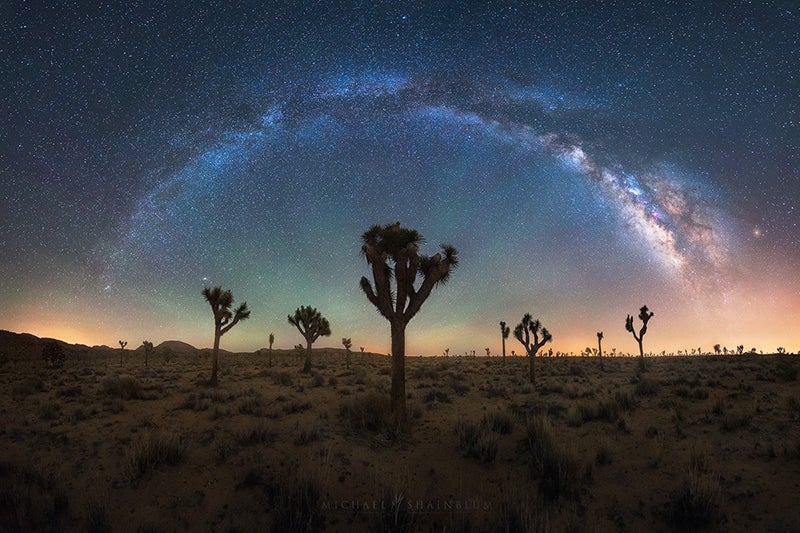
This month, we caught up for a tête-à-tête with remarkable timelapse artist, filmmaker and photographer, Michael Shainblum!
Based in the USA, Michael is one of the most prolific contemporary landscape photographers of today. He is constantly challenging the boundaries of his creativity and has sought to hone his expertise in everything from capturing the beauty of the night sky to the inspiring range of timelapse work that he specialises in at present.
The ability to be both dynamic and versatile – in field and out – has seen this visual artist being commissioned by large international clients, including Nike, Samsung, Verizon, Disney, BMW and Google.
We sat down with Michael to unearth what really makes him tick, how he came to be at where he is now in his career, and what it is about landscape photography that has resulted in the craft permeating and becoming such an important part of our everyday lives.
- Check out these Antarctica Photo Workshops
- Explore these articles on Landscape and Nature Photography
- Discover this Misty Mountains of Norway Hiking & Camping Adventure
Hello Michael! It seems that you have always been a very creative person. When did you become interested in photography?
Helloooo. I had always been interested in art and as a kid, I used to build Lego blocks and draw cartoons. My inquisitiveness meant that I wanted to explore every genre of art that was available to me.
Photography was one of the crafts that I explored very early on and really fell in love with as a form of art. I became interested in it when I was in middle school and happened to take a darkroom class during a summer course.
Something just clicked. I realised that photography allowed me to have freedom - the freedom to go out, capture scenes, express myself and explore new places. The ability to bring the images back and do post-production really let me put my own spin on things. I discovered that I could create my own moods and give each photograph my own unique take.
Although I really enjoyed the process of going out to shoot, I also enjoyed the process of sitting down and really thinking about what I wanted to do with the images in post-production.
How did you turn it into your career?
Photography became my career early on, as I was trying to find jobs when I was 16 and no one was hiring me, even for basic things like working at the supermarket. I started to learn photography by shooting senior portraits, concerts, sports and weddings. That started to grow more and more in college and before I knew it, I was taking on so many jobs that it transformed into a full-on career.
What were some of the hurdles you encountered in the beginning?
In the beginning in high school, photography was more of a form of release. I was just exploring every element of photography and art that I possibly could, so there was a lot of freedom and a lot of just not really caring what the outcome would be. Rather, I was experimenting as much as possible and seeing what stuck and what looked interesting; what was the most fun to create. So for me, photography was a lot more carefree back then.
But I would say the biggest hurdle that I’ve encountered is in jumping to commercial photography. Initially, I felt a lot of uncertainty. In addition, a decent amount of people told me that it was not a good path to take – that doing photography, especially landscape photography or anything more fine-art, was not a very good idea and that I should reconsider or direct my efforts towards something else.
That’s not to say there were people who were not supportive... there were people like my parents who were very supportive. But there was a lot of doubt amongst my teachers, my friends and people that I looked up to.
- See also: International Workshops
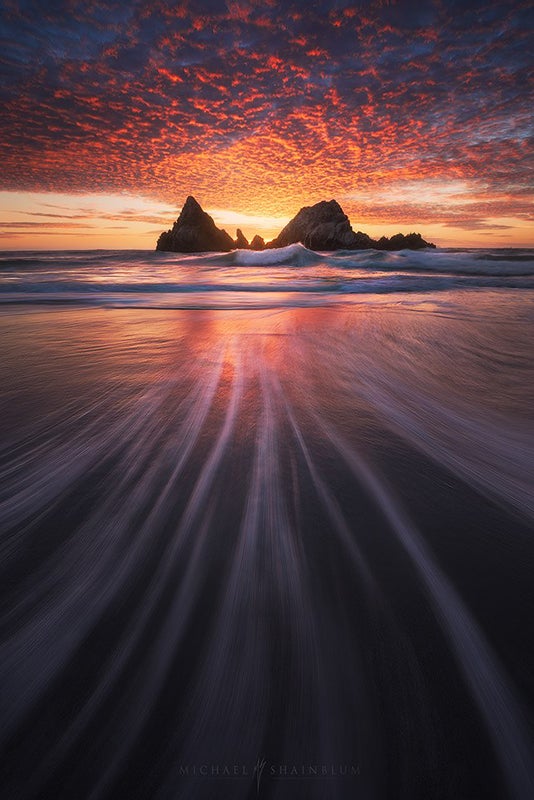 Long Exposure Sunset. Photo by: 'Michael Shainblum'.
Long Exposure Sunset. Photo by: 'Michael Shainblum'.
Unlike many other photographers within the landscape community, you studied photography at college and have a background in commercial photography. How did you decide to get started in photographing landscapes?
Landscape photography was always a personal thing that I would do when I wanted to explore, relieve stress and travel. At first, in high school and through most of college, it definitely was not a career – it was more just what I would do in my personal time when I wasn’t shooting commercial portraiture, product photography or videos. With the growth of photography, I started posting my night sky work and timelapse work on the Internet. That’s where it started to get attention and I started to get commercial offers through online blogs, articles and social media.
- See also: Summer Workshops in Iceland
Do you remember your very first landscape photography adventure?
My first landscape photography adventure was probably one of my first experiences with photography in general. I brought a film camera to the local beaches around San Diego and I really had no idea what I was doing or what the pictures were going to be like! It was just sort of a scavenger hunt to take pictures.
Why do you think landscape photography is such an important component in everyone’s lives, both from looking at it to actively seeking to be involved in it?
I guess I wasn’t really sure what made landscape photography special until a few years ago. I’d always loved taking landscape pictures, but I didn’t fully know why for a long time and I didn’t really understand what made people appreciate landscape photos until I really sat down and thought about it myself.
I had a few moments of clarity when I started posting on social media and getting recognition for my landscape photos. People would tell me all the time how happy the landscape photos would make them feel, how the images that I was producing actually allowed them to feel and how it would change their day or just in general influence their moods when they were going about their day.
I used to think landscape photography didn’t really have an impact on others, but to see how many people appreciate the photographs and how these images can bring somebody happiness is really something special.
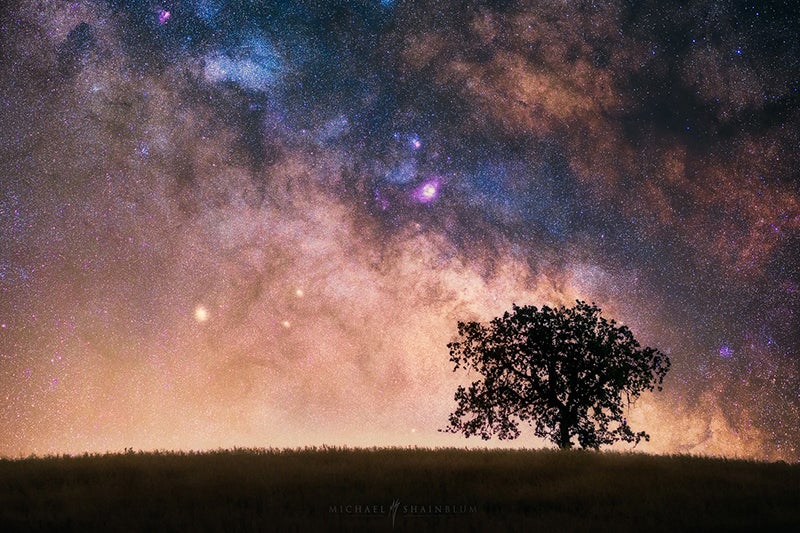 The Universe. Photo by: 'Michael Shainblum'.
The Universe. Photo by: 'Michael Shainblum'.
- See also: Private Multi Day Tours
Tell us a bit about your timelapse work and how it differs from what you are able to express solely through photography itself.
Timelapse is interesting, because it’s showing something really unique that we can’t see with our own eyes. It’s showing time in a way that’s hard to perceive without actually seeing it produced in footage. It allows us to recognise the patterns and progression of time and the changing colours and shapes and patterns of our world.
There is something really special about altering time, whether it be through timelapse photography or slow motion photography.
When you are out shooting, what kinds of decisions do you make on the spot versus planning beforehand?
Most of my shoots are planned out and in most cases, I try my very best to scout out locations and places and conditions before shooting. But every once in awhile, it is nice to have a very spontaneous shoot where you’re not really sure about what you want to do or what the goal is and you just kind of let the wind take you where it takes you.
I have been pleasantly surprised by some images I’ve taken where I have just found compositions on the spot or where unexpected conditions have resulted in me being able to produce something really unique.
- See also: Autumn Workshops in Iceland
Who are some of your favourite classic photographers and how have they inspired you?
Michael Kenna has always been a big inspiration. His ability to recognise compositions with simplicity and minimalism is something that has really inspired and challenged me to look for those elements in my own work.
Art Wolfe is someone else whom I have found inspiring. His sheer creativity, as well as his drive to keep creating images while look for unique compositions is really impressive.
Jerry Uelsmann’s post and darkroom techniques have also brought me a lot of inspiration. His ways, back then, of processing photographs or double exposing photographs was just astounding. Jerry was making composites of photographs in the darkroom of multiple exposures, without the use of a computer. He blended different exposures in the dark room! For him, the end product was always focused on the overall mood of the photograph, the message, the creativity behind it all. He’s a remarkable photographer, super inspiring, and his work is just incredible. Even if you don’t like his photographs, the concepts that he was exploring at the time and his creativity at the time was something to admire.
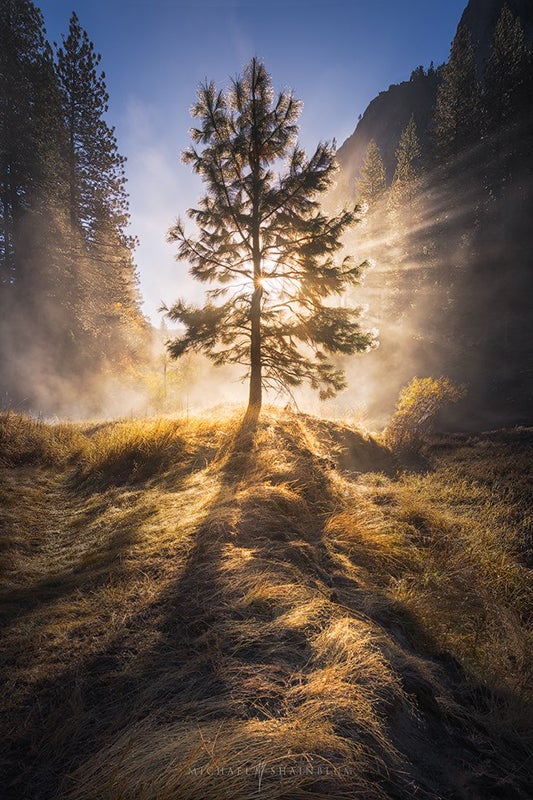 Rays of light. Photo by: 'Michael Shainblum'.
Rays of light. Photo by: 'Michael Shainblum'.
French photographer Henri Cartier-Bresson once said that he kept the photographs that people could look at for more than two minutes. However, in this day and age, photography is almost like fast-food. It seems that social media has affected the photographic style of a lot of landscape photographers and how they choose to market their work. How has this affected your own work in particular?
It’s tough not to get caught in the social media bubble and to not be influenced to post the images that people are going to click on in an instant – the ones that the general audience is going to quickly glance over and give a quick ‘like’, rather than the images that you are truly proud of. That was a hard lesson for me to learn, because there was definitely a period of time years ago when I would only share the images that I thought people were going to appreciate on social media. Once I went against that and started posting what I wanted to post, I realised that a lot of the people appreciated my work, even the stuff that I didn’t even think would be popular on social media.
A perfect example of this was when I shared my timelapse video, “Mirror City”, back in 2013. I didn’t think anyone was going to appreciate that. I thought it was too weird for my audience and I didn’t think anyone would enjoy the timelapse. I was pretty on the fence about posting it, I was almost thinking of keeping it private. When I was working on it, I told a bunch of friends I was going to keep it private and not share it with anyone but I’m glad that in the end, I did.
It became one of my most popular pieces of work and one that has been picked up the most commercially over the past few years. That experience kind of taught me to just share what I thought was cool as an artist and the things that I’m most proud of. People will like it if they enjoy it; if they don’t then they won’t. Oftentimes, you’ll be surprised at the things that people are going to enjoy. Although you might come up with a quirky idea that doesn’t seem likeable, you’ll be surprised at how many people might connect with it more than you think.
What are your thoughts on creating a memorable series of photos as opposed to singular images?
I think that as long as someone is fulfilling their creative vision, it doesn’t matter if they want to produce a single image or some sort of gallery or collection. I would say on a personal standpoint that when I am taking my photographs, I am always trying to think of my images as galleries or collections, or different projects that I have in mind. It’s never really a singular image... it’s usually part of a bigger story that I want to produce.
That’s not to say that there’s anything wrong with people having their individual photos in mind and taking those photographs and sharing them individually. As long as people are being creative and taking photographs, there’s nothing wrong either way. It’s just a slightly different mindset.
Have you travelled much throughout your career? What are some of your favourite locations that you’ve shot in?
I probably have too many locations to really mention. I really enjoy travelling and experiencing completely new places. I have loved my trips to the Dolomites, Iceland, China, Dubai and Singapore.
However, I also really enjoy visiting familiar places around California and the Pacific NorthWest. I keep making trips to these local places and trying to build on what I’ve done before or to progress, build and create better images than before. I have favourite locations nearly everywhere that I’ve photographed and I’m sure my next favourite location will be the next place I visit or someplace that I will visit in the future.
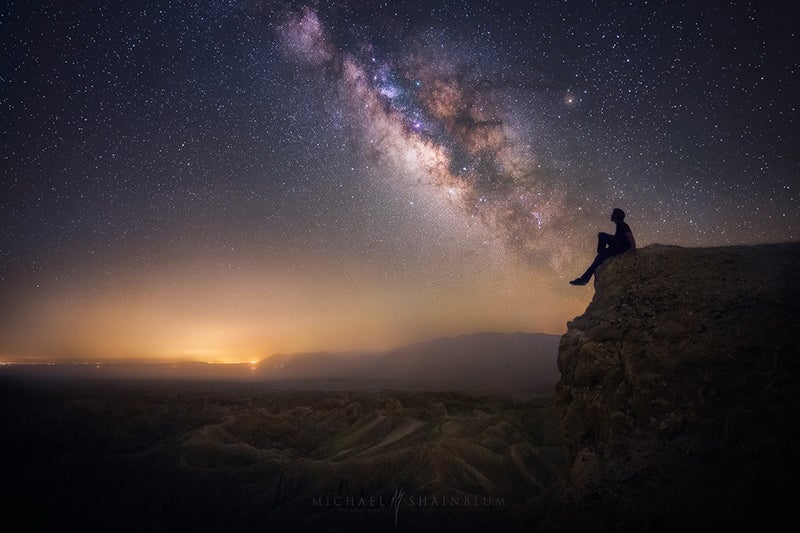 Milky way photography. Photo by: 'Michael Shainblum'.
Milky way photography. Photo by: 'Michael Shainblum'.
What has been your proudest moment so far?
My proudest moments are honestly anytime somebody comes up to me or sends me a message saying that my images have had any sort of impact on their lives at all. If my photos make them happy or if it inspires them to get into photography or to get out there and try to explore, then that’s when I’m the most proud; when I know I’ve impacted upon somebody’s life in some sort of way, even if it’s super small.
Share with us some of the things you do to stay inspired to shoot.
I like to go on hikes. Sometimes I’ll take breaks from photography and go for a hike without my camera, or go do random things like run errands or drive around.
I also think keeping some level of creativity is about just having a variety of things that you do. For example, I do different types of photography, video, timelapse and aerial. I think that having that level of variety has kept me inspired, so if I get bored of doing one thing, like if I get bored of timelapse photography for a little bit, i can work on something else or vice versa.
What is something that you learned from your parents which stays with you even today?
The thing that my parents taught me is that I should really just do whatever I want to do and whatever is going to make me happy. That statement sounds really cheesy. It’s like a statement that is said in movies and things like that, but it’s a really true statement. I always wanted to pursue art, I always wanted to do something related to art, yet so many people told me not to or that it wasn’t a good idea. Every single time I heard something like that, I would think of what my parents would say, which was “y’know what, just do what makes you happy”.
I’m stubborn and when people try to give me advice on what to do, I am usually stubborn about it and keep doing what I want to do. That’s something that my parents taught me and I’m really glad they did because if they hadn’t have said that to me, I probably would be doing something I didn’t want to do right now. For example, I might be doing some kind of photography that I don’t have a whole lot of interest in, purely for guaranteed financial gain or some career path that is a little bit easier than landscape or commercial work.
I’m just super glad that my parents encouraged me with everything and to just do what made me happy because I think if I had have followed a different path, I wouldn’t be as happy as I am today.
For more information on Michael's work, check out his website or find him on Instagram.

